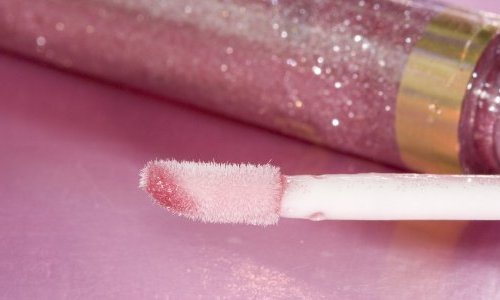
In an opinion published on July 31, 2012, the Scientific Committee on Consumer Safety’s (SCCS) has recommended to add more than fifty fragrance components to the list of allergens that must be labelled on cosmetic products in order to inform sensitized persons that are keen to develop an allergic reaction to one of these substances. However, the Committee did not stop there.
The SCCS also considered that a level of exposure up to 0.8 μg/cm² (0.01% or 100 ppm in cosmetic products) would suffice to prevent elicitation from probable allergens for the majority of individuals.
Massive reformulations
This very low limit, applied to relatively common substances in perfumes, triggered a worried reaction among the industry. Especially as, at the same time, the Committee suggested a total ban of other substances such as hydroxyisohexyl 3-cyclohexene carboxaldehyde (HICC) or chloroatranol and atranol.
According to the representatives of the perfumery industry, should the limits and bans suggested by the Committee be enforced, most of existing perfumes (about 90%) and the major part of skincare products (78-88%) would need to be reformulated.
Regulatory draft
The three actions suggested by the Committee - the prohibition of certain substances of particular concern, the restriction of use for a range of other substances, to limit the increase in allergies, and additional labelling requirements for better information of people already allergic - should remain in the draft regulation to be presented by the Commission in October.
The perfume industry made several remarks, in particular regarding the 100 ppm threshold for probable allergens identified by the SCCS. Instead of a maximum concentration applicable to all allergens and products, the industry would prefer a Quantitative Risk Assessment (QRA) calculation, namely a maximum allergen concentration for each allergen in a given product. According to the industry, this would enable to better manage risk, to protect people who are not sensitized, while avoiding unnecessary restrictions.
Regarding new labelling requirements, the representatives of industry and of Member States have deemed that the period of two years initially proposed by the Commission was too short. The Commission has confirmed that she was considering a possibility reconsider this delay.
Questioned by MEP Gaston Franco, the European Commission confirmed in June that it was exploring the possibility of implementing the QRA method and that it would ask the CSSC to assess it suitability to serve as a basis for the development of future regulatory measures.
While they prefer remain cautious, fragrance manufacturers hope their view will betaken into consideration by the Commission. Anyway, the text that will be presented in October will be the result of negotiations between the different stakeholders.
The regulatory draft that will be presented in October will be submitted to public consultation during an 8 week period. Then the Commission will have the possibility to reshape its text again before submitting it to the European Parliament.




























